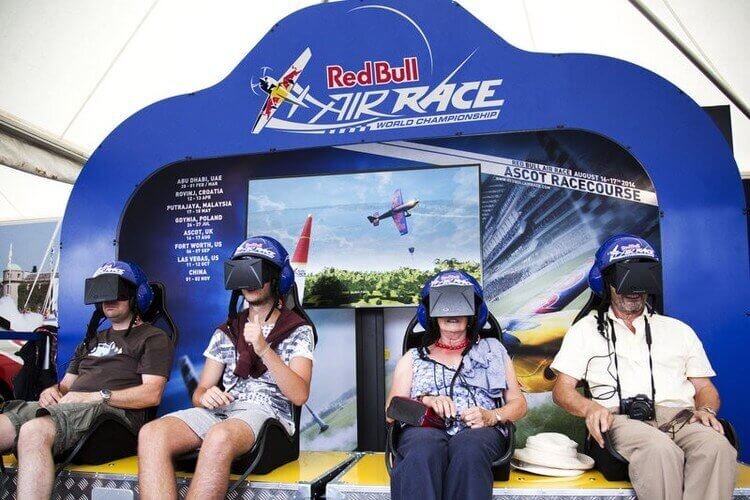Virtual Reality in Theme Parks: Some thoughts on application
There has been a lot of talk in recent months about how big the AR/VR market will become in the coming years. We are eagerly waiting to find out more about Microsoft’s Hololens, what the Metaio/Apple marriage has in store for us, and of course, what the Oculus consumer headset model will be capable of delivering. Needless to say, AR/VR are two incredibly versatile technologies and most sectors/industries can benefit from them.
Let’s take an easy one: VR in the theme park industry
Theme parks’ core business is to entertain, provide thrilling rides and out of the ordinary experiences. The theme park’s sector has been growing steadily these last years with percentages in the double digits for the Chinese market. This growth cannot be limited to more/bigger parks but rather to a diversified and cutting edge approach to the mix of attraction and rides. VR is exactly that cutting edge technology that will take theme park operators into the next generation and will deliver great entertainment and out of this world experiences.
How exactly will VR fit in the theme park world?
Well to start, 3D simulators (or 4D, 5D, 6D … getting lost with all those Ds). VR will make the traditional red and blue 3D glasses look like prehistoric stuff. The guys at Red Bull have certainly understood how to use VR to create a thrilling experience.
Red Bull Air Race Virtual Reality Simulator
Another way of using VR will be to transport users into the Virtual world with an integration of motion capture technology to allow for physical movement around a virtual space and interaction with 3D content and real objects.
The VOID project is probably the most notable and well rounded execution of this “life-like” virtual world. We will have to wait until early 2016 to find out how good this experience will be, but it’s safe to assume it will trigger a large wave of followers.
The Void
You may have also heard of the work done by Swiss firm Kenzan, with their concept of a Pharaoh's tomb walkthrough. This may find its way into museums rather than theme parks but nevertheless, whether the VR approach is to entertain or educate, it will captivate its audiences.
Kenzan Tech - Walking trough a Pharaoh Tomb - A visit combining Oculus and Mocap
Some people believe so much in VR that they think it should be a theme park’s core attraction. Globally acclaimed US developer Landmark Entertainment Group are working on L.I.V.E. Centre (Landmark Interactive Virtual Experience), a combined virtual reality (with a twist of augmented reality) entertainment concept set to open in China in the upcoming three years. Landmark says that this park will offer a mix of attraction ranging from rides, interactive museum and virtual zoo and aquarium which seem to have found a very receptive audience in the Peta organisation.
Landmark Entertainment Group - Attractions in Virtual Reality
The amount of detail and quality we can now get from 3D development engines such as Unity or Unreal will make it possible to have more and more photo realistic virtual environment that will transport us as far as the imagination will lead.
Where is INDE in this VR craze? Given our extensive experience in dinosaur 3D content development, we are putting some of our finest Jurassic content in a virtual stage which allows users to get up close and personal with the famous T-Rex and more. Follow us for more details soon.
As per our place within the theme park community, we are so confident about the endless capabilities that we'll be attending as exhibitors both IAAPA in Orlando on Nov 16-20th 2015 and in Shanghai on June 13-16th 2016... so if you are around, please visit our booth and let’s talk more about what VR can do for you!


